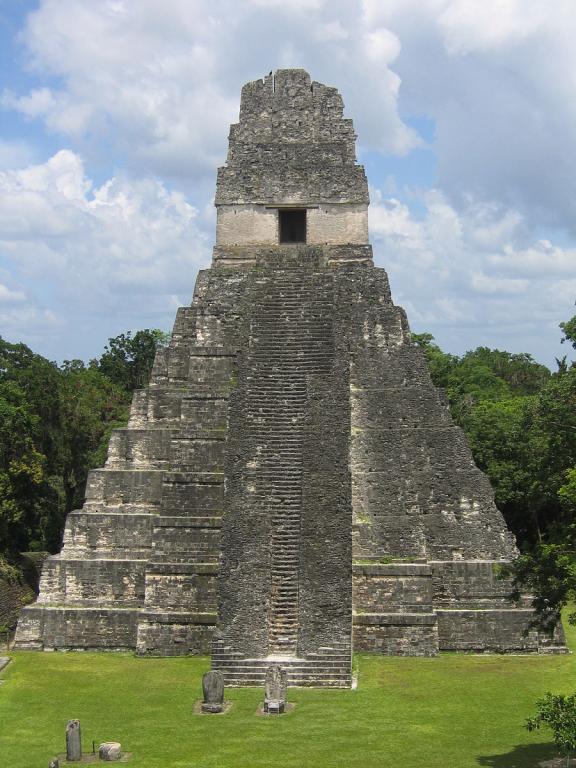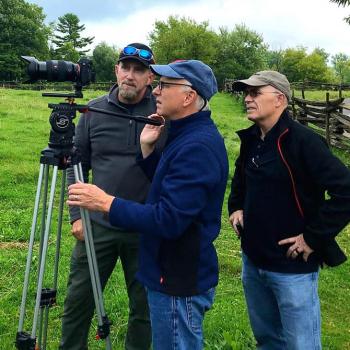
Mr. Jonathan Neville’s aggressive advocacy of the “Heartland model” of Book of Mormon geography is generating considerable pushback on at least one blog. And, considering that much of Mr. Neville’s advocacy consists of unjust and uncharitable attacks on those with whom he disagrees, I can’t say that I’m particularly sad about the response that he’s receiving. Here are some recent items from the “Neville-Neville Land” blog, which is maintained by two obviously bright individuals whose identity I don’t know:
“Letter VII has nothing to do with Oliver Cowdery being “truthful””
“Jonathan Neville is now the self-appointed “neutrality police””
“The arrogance and audacity of Jonathan Neville”
“Was Hugh Nibley a Heartlander?”
The last of the “Neville-Neville Land” articles that I’ll cite today worries — as I also do, very much — about the potential of the “Heartland” movement to become not only the noisy quasi-schismatic faction within the Church of Jesus Christ of Latter-day Saints that it already sometimes seems to be but even a splinter group from it:
“The “fundamentals” of a heterodox faction within the Church”
Permit me also to say something further about the question of whether Hugh Nibley was a “Heartlander”:
First of all, beyond having read his books and articles since my teens, I knew Hugh reasonably well in his later years. If he was, say, unhappy with the work of John Sorenson (another friend of mine, still today) or displeased with the efforts of the Foundation for Ancient Research and Mormon Studies (FARMS), a significant part of which advocated a limited Mesoamerican geographical model for the Book of Mormon, he never — ever — gave any sign of such displeasure or unhappiness when I was present to see or hear it. Never.
Secondly, in order to justify his suggestion that Hugh Nibley was a “Heartlander,” Mr Neville cites a comment that Hugh made in a 1972 article for the Ensign:
“The Book of Mormon is a history of a related primitive church, and one may well ask what kind of remains the Nephites would leave us from their more virtuous days. A closer approximation to the Book of Mormon picture of Nephite culture is seen in the earth and palisade structures of the Hopewell and Adena culture areas than in the later stately piles of stone in Mesoamerica.”
But this statement is not at all incompatible with belief in a limited Mesoamerican setting for the Book of Mormon. After all, I myself agree with it while, at the same time, I lean strongly toward a Mesoamerican geographical model.
The “earth and palisade structures of the Hopewell and Adena culture areas” do indeed resemble the fortifications described in the Book of Mormon much more than they resemble the spectacular ruins that most tourists see in Mesoamerica. But those great Mesoamerican ruins are plainly apostate, not Nephite. And, crucially, they are much more recent than the Nephites, who were annihilated late in the fourth century. The great temples of Tikal date to the eighth and even ninth centuries AD, for example. They belong to the Classic period of Mesoamerican history. So, too, do the most prominent structures of Palenque, in Mexico, which date to the seventh century. Tulum, a popular site on the Caribbean coast of Mexico, flourished between the twelfth and sixteenth centuries AD. And so it goes. But the Book of Mormon narrative falls almost entirely within the Mesoamerican Preclassic (ca. 1000 BC until ca. 250 AD), and, in fact, largely within the Late Preclassic (400 BC-250 AD). Earlier structures, and especially those built by Nephites during their periods of righteousness, may well have looked like the much simpler Hopewell and Adena ruins.
In other words, Hugh Nibley’s comment, cited above, by no means demonstrates that he rejected a Mesoamerican setting for the Book of Mormon or that he believed its story to have occurred in present-day Ohio, Indiana, Wisconsin, West Virginia, Kentucky, New York, Pennsylvania, and Maryland, where the Adena culture was found, or somewhere among the Hopewell people between northern Florida and Lake Ontario.












